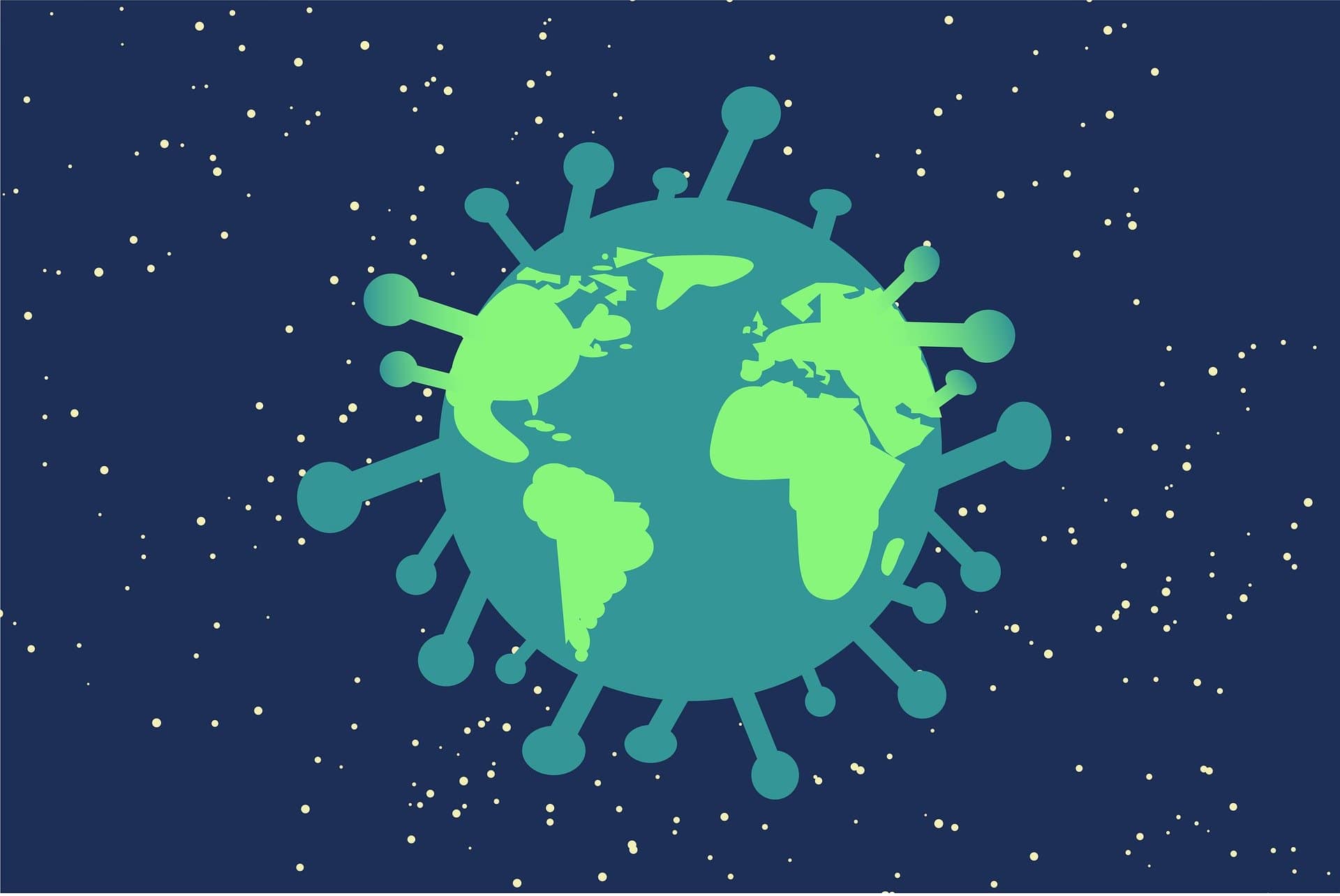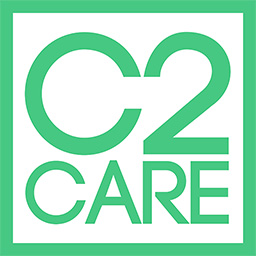HOW DO YOU FEEL ABOUT COVID-19?
Pandemics have historically caused a great deal of anxiety, particularly in the West. There has been an increase in anxiety and depression among the population, especially among people with other illnesses that require a lot of care (cancer, for example), and especially since the arrival of Covid. Beyond the increase in anxiety, many have tried to alleviate their fear through substance use. As a result, addictions have also increased. Uncertainty, fear of the disease or of the future, loss of motivation on future projects… so many situations that tend to make us live a “burn out” of the pandemic, worsening considerably the risks of phobia.

-
Table of contents
- The Covid phobia
- What anxiety during COVID-19?
- Why this anxiety?
- What are the consequences of this anxiety?
- A withdrawal into oneself
- Decrease and changes in social relations
- Appearance of psychological disorders
- Sleep disorders
- What is the FCV 19S?
- Which therapy?
- Virtual reality exposure therapy as a treatment?
- References
1. The phobia of COVID
Following the pandemic that occurred in November 2019, the new term “coronaphobia” appears. Indeed, coronaphobia is defined as an excessive fear of the virus, and of being able to contract it. Thus, the uncertainty of the situation further anguishes the coronaphobic person. The phobia of the coronavirus affects everybody, as much the children as the adults and the old people. On the other hand, there is a small prevalence for people with existing psychiatric disorders and for primary caregivers.
2. What anxiety during COVID-19?
The COVID-19 period is an anxiety-provoking time for many. The word “death” and “illness” are constantly repeated. It is true that the fear of dying drives human behavior as it directs the entire experience of one’s existence. This fear takes up so much space that we sometimes lose the meaning of our life. A feeling of insecurity is created, not only for one’s health and vital prognosis, but also for the changes in one’s life but also in one’s place in society that may be caused. The deterioration of the economic situation of the country, as well as of our home, is also a factor of anxiety. In fact, almost half of the population says they feel a lot of stress and anxiety related to the virus.
This anxiety can take many forms, such as post-traumatic stress disorder, anger, great emotional distress, feelings of loneliness or stigmatization. As a result, the risk of suicide attempts has increased considerably.
3. Why this anxiety?
For a long time, for societies, pandemics seem to have been managed in the same way: cessation of normal daily activities, feeling of loneliness, inhumanization of death through anonymity, cessation of group events, whether happy (such as weddings) or sad (such as funerals), isolation and morbid calm outside, etc. This situation therefore limits the projection into the future and therefore the creation of future projects. Not having visibility on the future, and not having a deadline for this expectation is not natural for humans, and is a source of anxiety. Uncertainty is particularly difficult to manage since we have an intolerance to it. There is also the ambiguity of the health situation and its outcome that aggravates the anxiety and fear of the population.
Moreover, some information, rumors or not, can sometimes be complicated to sort out. Indeed, some measures or disrespect of the rules put in place by other citizens are also anxiety-provoking. We also have the unpleasant feeling of being vulnerable to the disease, and of depending on scientific and political rules. This can also be due to the lack of control (with respect to oneself, but also with respect to the government or science) over the situation.
Indeed, epidemics increase the risk of anxiety and depression due to the fear of death, of losing loved ones, and is similar to a post-traumatic stress state.
4. What are the consequences of this anxiety?
Anxiety related to COVID-19 has different consequences, and at different levels. Indeed, the pandemic situation creates a loss of reference points that can be difficult to manage, since an imbalance becomes known.
5. A withdrawal into oneself
From a relational point of view, this anxiety gives way to a great withdrawal. This withdrawal can come from the fear of contracting the disease. Thus, all the people around you become a source of danger, since they are a source of contamination. You may even feel that you are a danger to the people you care about, and resent the risk of transmitting it to others.
Moreover, this withdrawal into oneself can also be made known by the fear of no longer having the same place in society, and of feeling lost in terms of relationships with others. Today’s society has already put a strain on relationships with others, since they are considered less reliable and with less solidarity than a few decades ago. But the distancing as well as the social constraints put in place by the government has only made one fear the strength of one’s relationships more.
6. Decrease and changes in social relations
In order to respect the political instructions, but also for civil protection, we have all reduced our social interactions since we all have the potential risk of contaminating our loved ones. The other becomes a source of distrust, in whom we now have less confidence. This being the case, this change risks increasing, even more, the individuality of our society.
7. Appearance of psychological disorders
First of all, anxiety about the situation causes us to adopt certain behaviors that we might consider maladaptive. Indeed, certain behaviors may appear such as excessive hand washing, excessive consumption of food, alcohol or drugs, creating an oversized stock of provisions at home, locking oneself completely in one’s home or avoiding all interpersonal relationships.
These behaviours tend to lead to more serious mental health problems, such as severe anxiety and personality disorders.
8. Sleep disorders
Anxiety increases the rumination of negative ideas related to COVID-19, which is why it is observed that there is an increase in sleep disorders: insomnia, increased sleep time, nightmares, etc.
9. What is the FCV 19S?
The FCV-19S is a scale that allows you to develop the level of anxiety in front of the COVID-19 crisis. It is very quick, in order to have a clear and easy idea of what you may be feeling during this anxiety period. It has been translated into more than 20 languages. This proves how much the health crisis has affected everyone, regardless of their culture, country of origin or economic and political situation.
Recognizing the level of anxiety in a situation allows you to take care of yourself as quickly as possible and in the most appropriate way.
Through this questionnaire, you will be able to get an idea of your level of anxiety about the health crisis. Answer in a completely honest and natural way. Your answers are not recorded or consulted. The only purpose of this test is to help you understand the anxiety you may be feeling and to give you an idea of your possibilities.
10. Which therapy?
Cognitive behavioral therapy (CBT) is considered to work best for coronaphobia. It is true that CBT has been shown to significantly reduce death anxiety. As a result, it reduces other long-term symptoms that are caused by this fear. The fears, through this therapy, will be greatly reduced, and the dark thoughts will be removed.
Virtual Reality Exposure Therapies (VRET) are part of the fourth wave of CBT. They allow you to be exposed to anxiety-provoking environments in order to create a habituation of the situation while having solutions to better apprehend these situations. You will be supported throughout your treatment, and will have all the tools to empower yourself as quickly as possible.
11. Virtual reality exposure therapy as a treatment?
It is particularly important not to let an anxiety-provoking situation in an outside setting fester at the risk of developing strong comorbidities. Exposure in cognitive-behavioral therapy allows, in fact, to modify erroneous beliefs in the face of panic attacks but also in anxiogenic situations (Mirabel-Sarron, 2011). Exposure therapies allow the appropriation of physiological sensations of panic, and thus reduce its frequency (Audet, 1997). Thus, therapeutic work is done on the attitude towards the situation, on the emotions felt and on the cognitions linked to the difficulty (Mirabel-Sarron, 2011). Virtual reality makes it possible to have the same effects as classical exposure without having the constraints, since the cost-benefit ratio is much higher than in classical exposure (Bottela & al., 2007).
It has, moreover, been proven that after a therapeutic follow-up with virtual reality for patients suffering from a phobia, that their mood improves, their anxiety and avoidance are decreased and that the fear related to the phobia associated with its negative thoughts is reduced (Malbos & al., 2013). Exposure is completely safe as the therapist has direct access to what they are offering their patient, and can interact at any time so that the phobic person can manage their difficulties more easily (Rizzo & Kim, 2005). From then on, the treatment of agoraphobia in virtual reality has been shown to allow visible and lasting changes on the patients (Gebera & al., 2016). The patient advances according to his or her temporality and is followed in his or her progress while being exposed to situations that he or she might not have thought were surmountable.
In this complicated period for all, taking care of oneself is fundamental. You must not let yourself be overwhelmed by your emotions, your fears, your anxieties… You are the actor of your life, you are the actor of your therapy. No situation is fixed, and you have the best place to decide the future. A more serene future, a calmer future.

